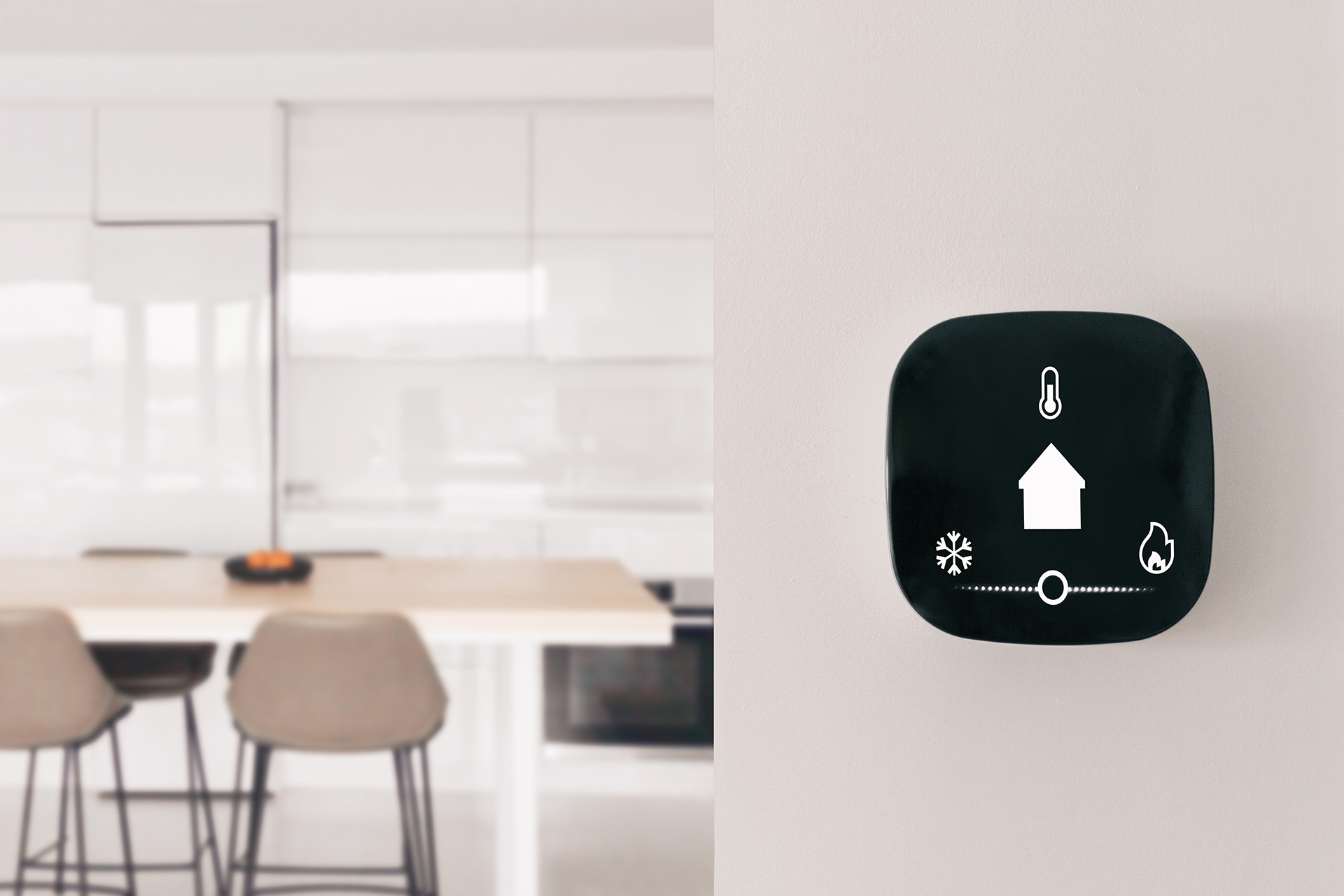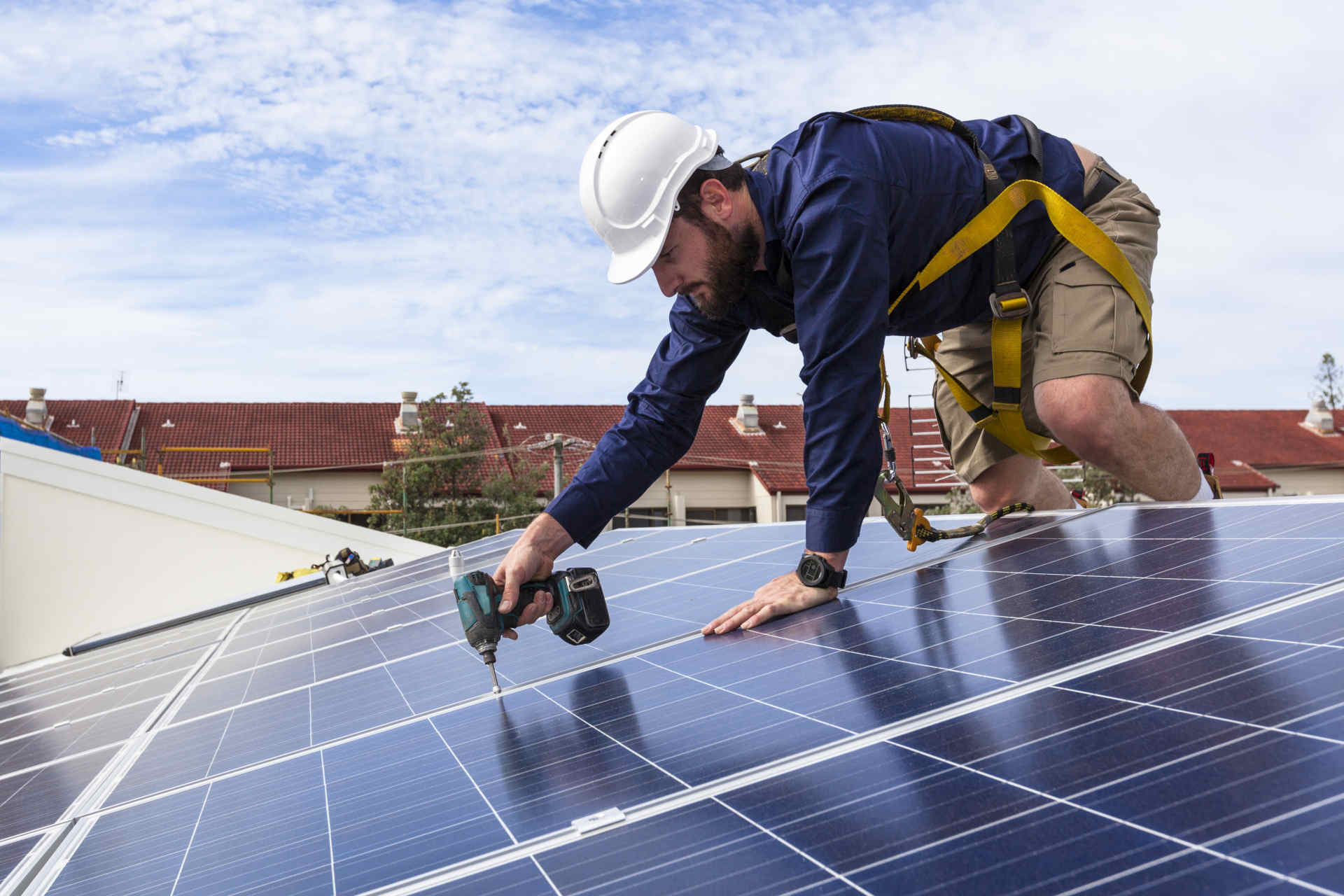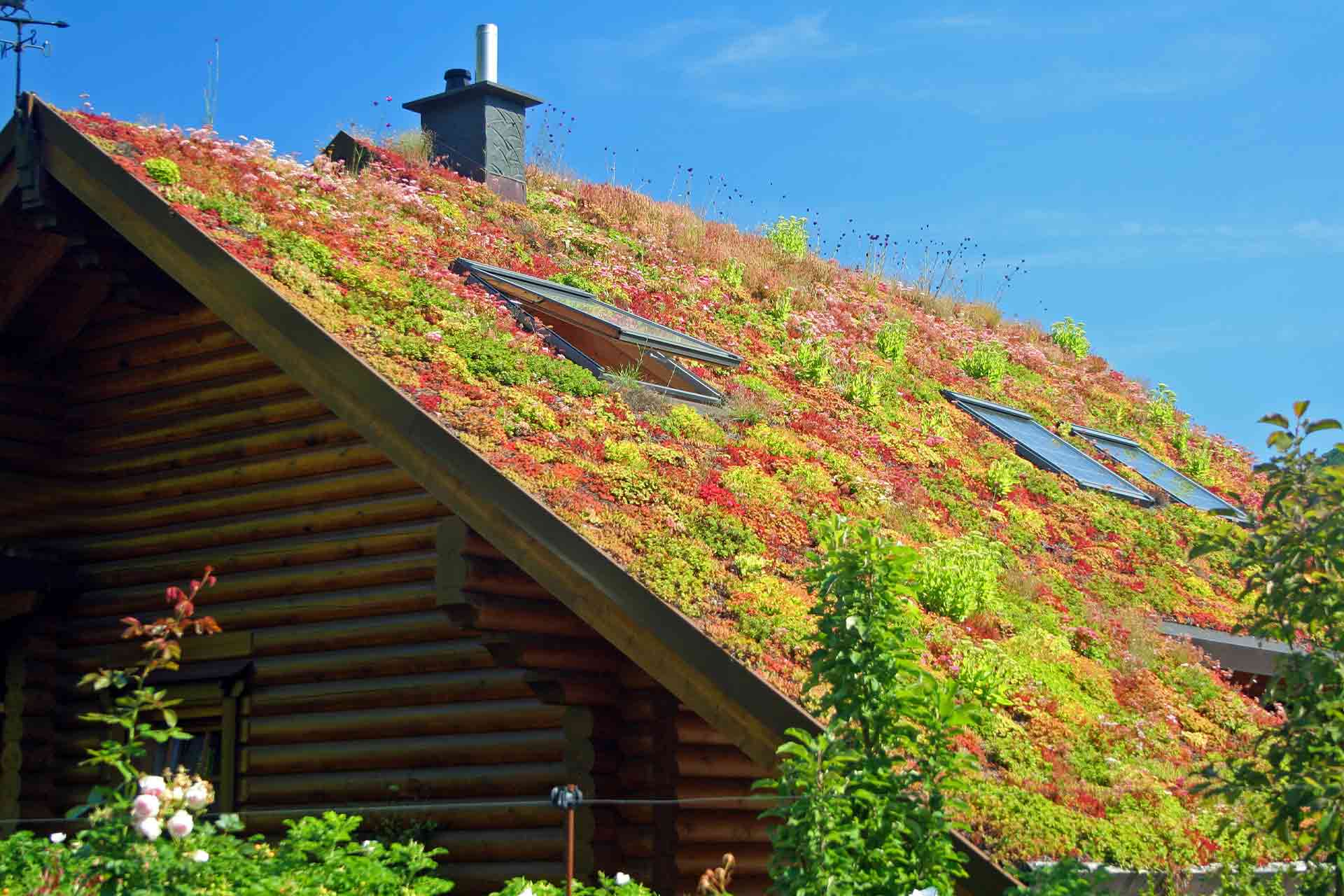Blog>Expert Advice>14 eco-friendly home improvements: Top green tips
Last updated: 19 March 2025
14 eco-friendly home improvements: Top green tips
There are plenty of ways to make your home more eco-friendly – big or small – and we're here to guide you through all kinds of green home improvements.
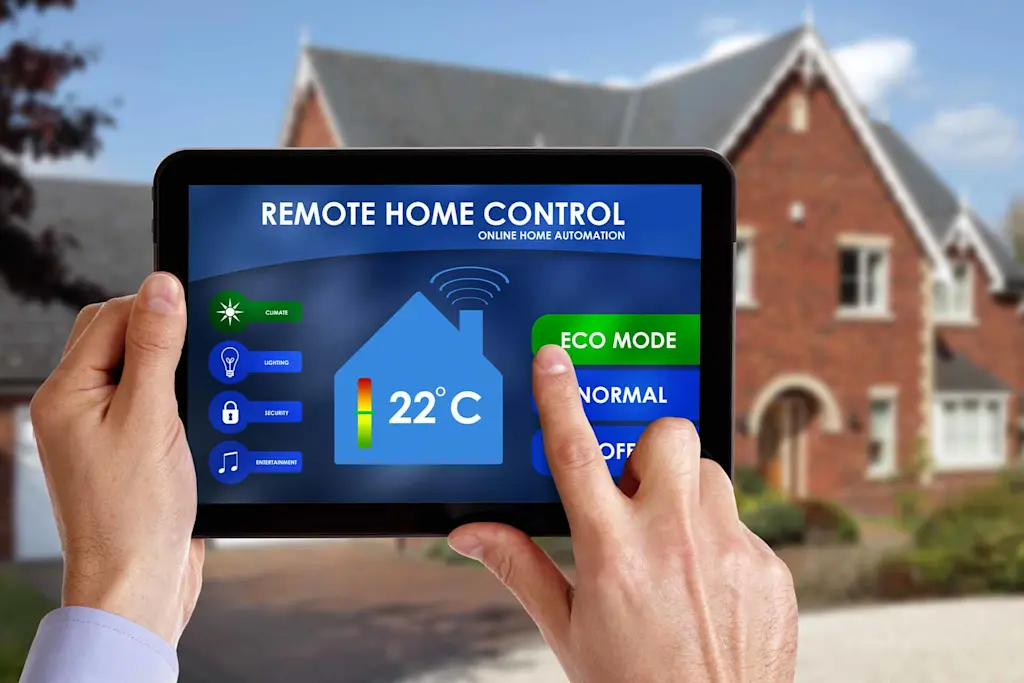
Making your home more eco-friendly doesn’t have to be overwhelming. Whether you're looking to save money, reduce your carbon footprint, or simply modernise your home, we’ve got practical green home improvements for every budget.
From small swaps like LED lighting to bigger investments like solar panels, here’s how you can upgrade your home to be both stylish and sustainable.
Please note the potential savings in this guide are based on the October 2023 price cap for a typical three-bedroom, gas-heated home in the UK.
See the tradespeople we've checked and recommend for your job
Our top 14 eco-friendly green home improvements
If you’re wondering what green home improvements could make your home more eco-friendly, here are our top 14 tips to get you started.
1. Generate your own power with renewable electricity

Before committing to a renewable electricity energy source, you'll need to make sure it's compatible with your home and meets all your needs.
For example, you need to understand your home's average energy demands to make sure any renewable source you choose generates enough power to meet your needs. Otherwise, a hybrid solution might be more beneficial.
Install solar panels
Solar panels are a popular yet long-term investment for those looking to generate their own electricity and reduce their reliance on the grid.
As there's an option to store excess energy in batteries, you can maximise efficiency, even on cloudy days.
What's the 'payback' time for solar panels?
Installing this green home improvement does involve some upfront costs. However, over the long term, solar panels are an excellent way to save money.
Payback time (i.e., overall savings compared to the initial investment) varies depending on:
Your electricity tariff
How you use the generated electricity (home use or export back to the grid)
The size of the panel array/electricity generated
Whether your solar panel roof faces directly south or is partially shaded
According to the Energy Saving Trust, the solar panel payback period with export payments can be anywhere between 11-21 years.
So while it's not a quick win, solar panels do render you 'inflation-proof,' which is a huge perk considering the fluctuations in electricity prices.
Types of solar panels
If you're considering this green home improvement and want to learn more about solar panels, it's important to note that there are two main types:
Solar photovoltaic (PV) panels, which are used for converting sunlight into electricity
Solar thermal panels, which use sunlight to provide energy to heat water and for central heating systems
Consult a checked solar panel installer to understand the best solution for your home.
Related content: Learn how much solar panels cost.
2. Switch to renewable heating
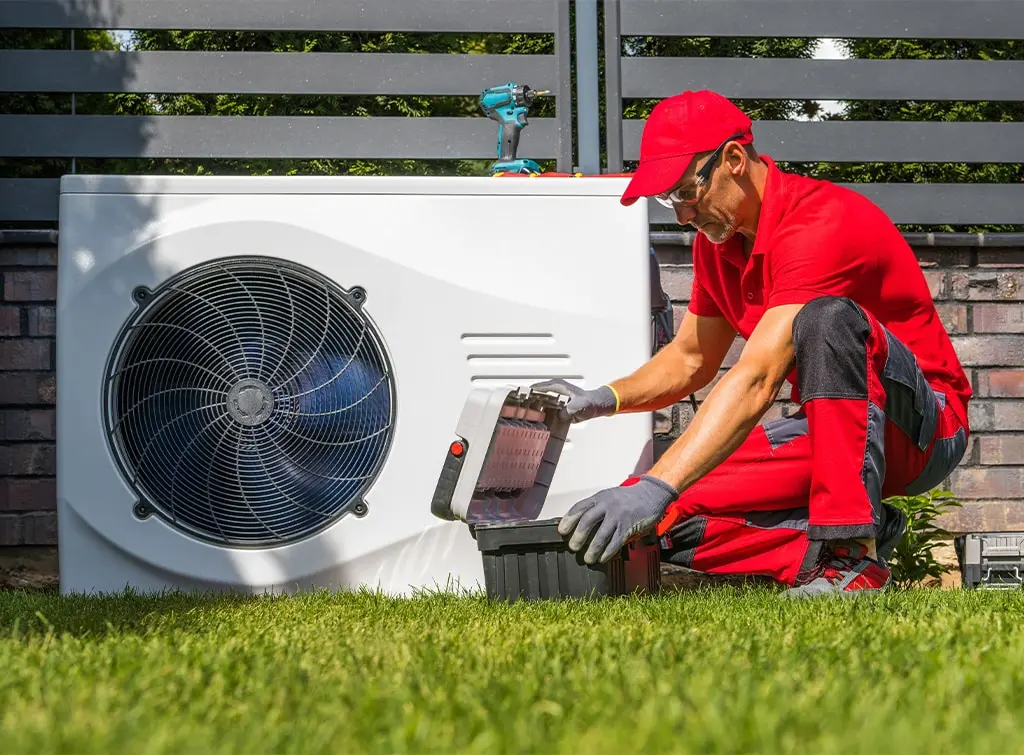
The Boiler Upgrade Scheme (BUS) helps homeowners install low-carbon heating systems.
Upgrades such as biomass boilers and air source heat pumps are costly to buy and install. However, the BUS grant offers monetary relief to make this new technology more affordable.
The scheme is set to run from May 2022 to December 2027. It's open to domestic and small non-domestic properties in England and Wales. The grants available under the BUS scheme are:
£7,500 towards an air source heat pump
£7,500 towards a ground source heat pump (including water source heat pumps and those on shared ground loops)
£5,000 towards a biomass boiler
If you’re prepared to upgrade to an eco-friendly renewable heating system in your home, there are several options, including:
Heat pumps
Air-source heat pumps and ground-source heat pumps are both eco-friendly energy sources. They use the earth's natural resources to generate electricity through a network of pipes and technology.
The typical payback time on a heat pump
Investing in a heat pump might seem pricey upfront, but it can lead to significant savings on your energy bills in the future.
The payback period for heat pumps ranges from 3-20 years, depending on the installation costs, energy savings, and government incentives.
Air source heat pumps often have a faster payback period (5-10 years)
Ground source heat pumps have higher upfront costs and therefore a longer payback period (10-20 years)
Several factors will affect the payback period, such as what sort of system you're upgrading from. For example:
If switching from oil-sourced heating or electric storage heaters, the payback time on switching to a heat pump will be closer to 10 years
On the contrary, if the upgrade to a heat pump is from a modern gas boiler, the payback will be closer to 20 years
Biomass boilers
Biomass boilers still emit carbon emissions due to burning wood-based materials. However, they create fewer carbon emissions compared to other non-renewable energy sources.
Potential savings
Biomass boilers typically cost £19,000 to install
If you replace an LPG heating system with a wood-burning system you could save around £3,000 a year
However, if you're replacing electric heating, you might save over £1,500 per year
NB: If you currently have a modern condensing gas boiler, a biomass boiler will likely cost you more to run than your current system.
Related content: To learn more about heat pumps and biomass boilers check out our renewable heating guide.
3. Improve insulation for maximum efficiency
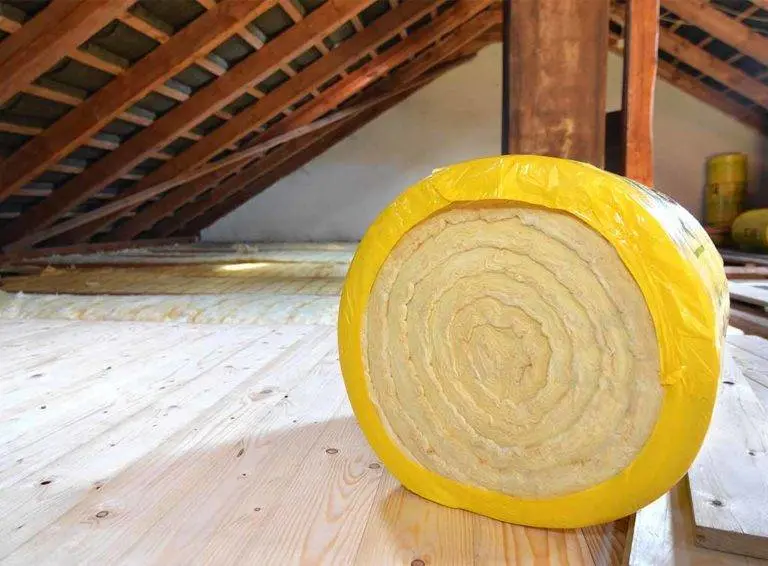
Alongside switching up your heating, installing the right insulation is one of the most important eco-friendly home improvements.
A well-insulated house has many benefits:
Better all-round energy efficiency
Reduces heat loss
Lowers energy bills
Installing eco-friendly insulation will give you greener credentials too!
Home insulation encompasses many areas of the home, including:
Walls
Floors
Loft
Pipes
Draught-proofing windows
Many insulation projects can be tackled independently with materials from your local DIY store. For more complex projects requiring specialist skills, here's what to expect in terms of average costs (and savings!):
Quilt roof insulation tends to cost between £654 - £1,206, depending on the size of your home. According to the Energy Saving Trust, it could save you between £200 - £380 per year on your energy bills
Cavity wall insulation costs between £950- £4,600 and could save you between £160- £470 on your energy bills (depending on the size of your property)

On Checkatrade, you'll only find trades who meet our high standards and pass up to 12 checks.
4. Upgrade to smart technology
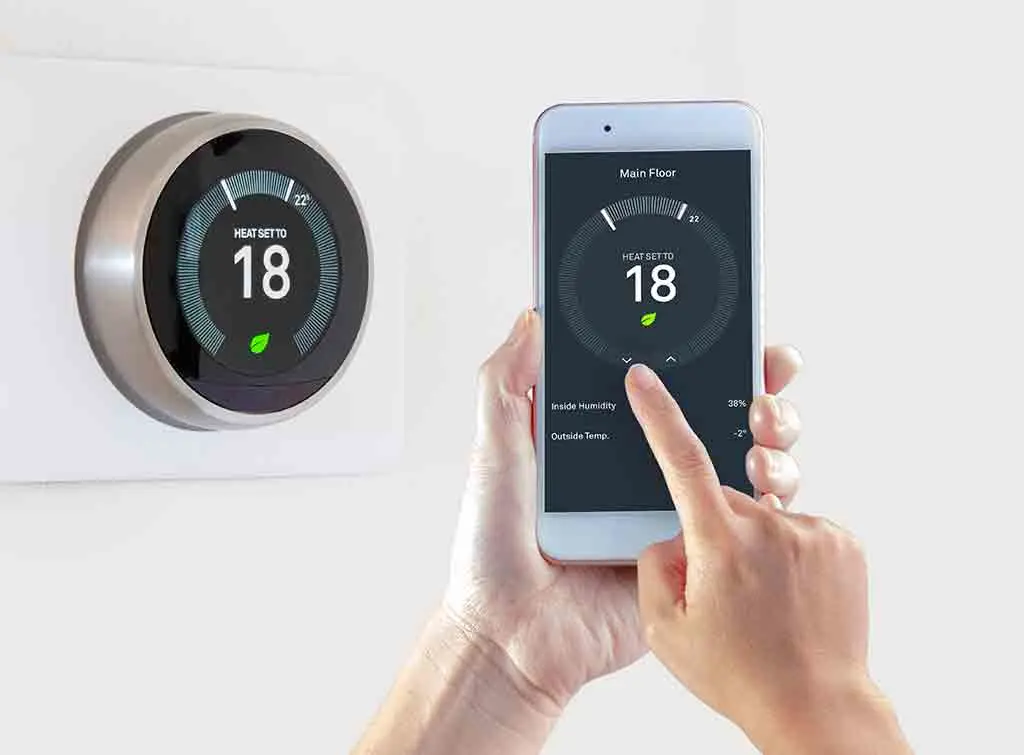
Smart thermostats
Smart heating controls are an eco-friendly home improvement. They:
Make your existing heating system more efficient
Give you full control of when you do and don't use your heating
Connected to your boiler, smart thermostats help you save energy by reducing how often you fire up your boiler, which keeps your home at an even temperature.
Tip: Set your hot water thermostat to 60°C — the optimal temperature for hot water.
Plus, did you know that turning your room thermostat down by 1°C could save you around £92 a year? The bigger your home, the more you can save, even with such a small temperature change.
Smart taps
Upgrade your taps and showers to water-saving versions (without sacrificing performance) to cut down on your water usage.
Aerating taps are a budget-friendly option that mixes air with water, ensuring you still get a refreshing flow.
Related content: For more information on smart thermostats and to compare prices, take a look at our smart thermostat cost guide.
5. Install double glazing
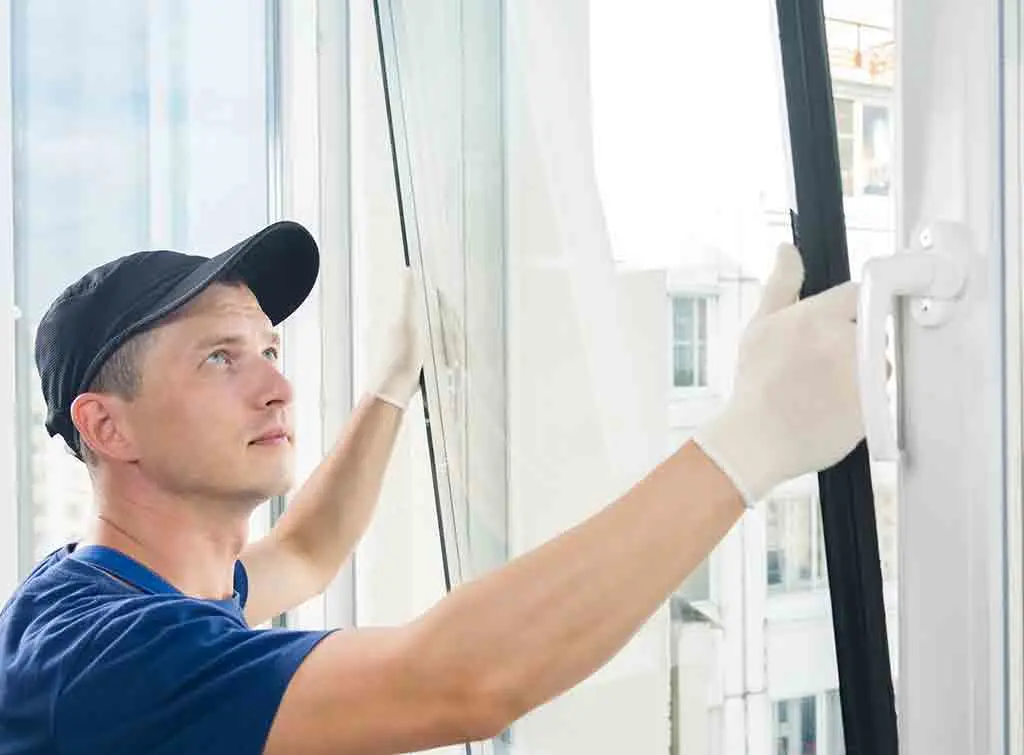
Double glazing is another popular and effective eco-friendly home improvement. It:
Boosts your home’s efficiency
Improves insulation
Reduces external noise
To maximise the benefits, replace your single-glazed windows with A-rated double-glazing alternatives. If you're replacing rotten wood-framed windows, you'll be delighted by the savings.
For a home with 8 windows and 2 uPVC doors, the average cost will be about £6,000 - £15,000.
Related content: Check out the costs for installing new double glazing.
See the tradespeople we've checked and recommend for your job
6. Swap to LED lighting
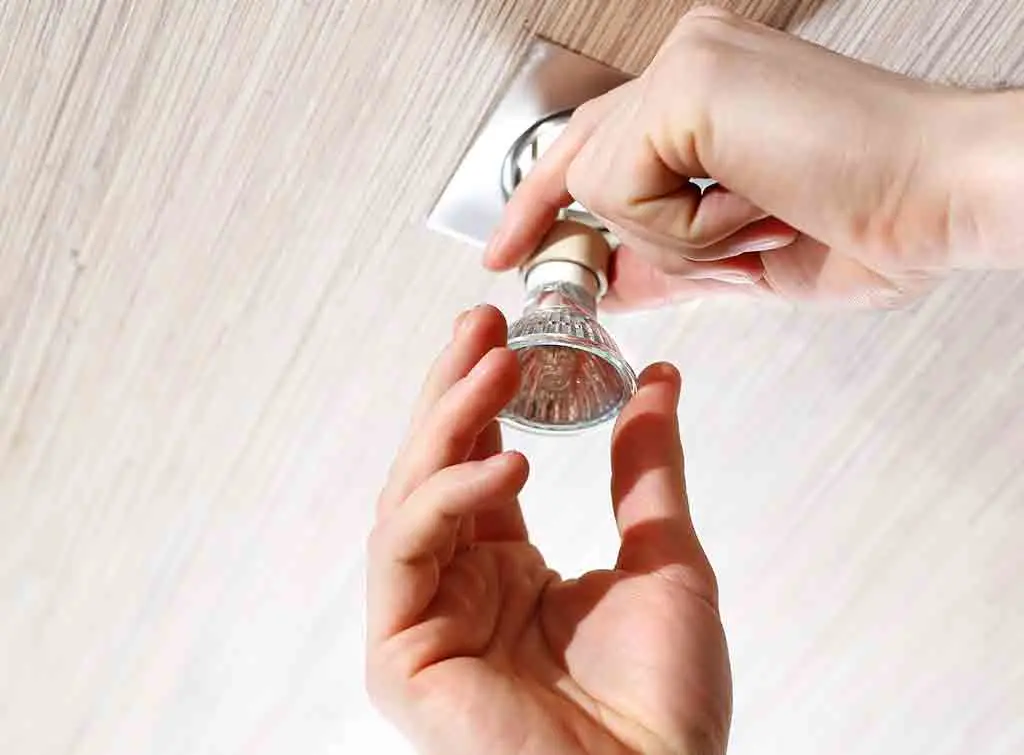
Make the switch to LED bulbs to enjoy several benefits:
Brighter, more energy-efficient lighting
Save money on your energy bills
A greener choice for your home
Replacing the bulbs in your house with LEDs can cost around £280, but save you around £153 a year.
Although they’ve been around for years, the quality of the bulbs has noticeably improved. You can even connect them to a smart home system, making them turn on and off with nothing but the sound of your voice.
7. Be more energy conscious

As we mentioned above, a good way to control how much energy you use is to install a smart thermostat in your home.
However, simple habits can also help to reduce your energy bills:
Turn off the lights when you leave a room. This could save you around £19 per year
Do a full load in the washing machine, and at a lower temperature. This could save you around £27 a year
Only boil the amount of water that you need in the kettle. This could save you around £11 a year

We check the reviews on Checkatrade are from real people, and that trades meet our high standards.
8. Hire local
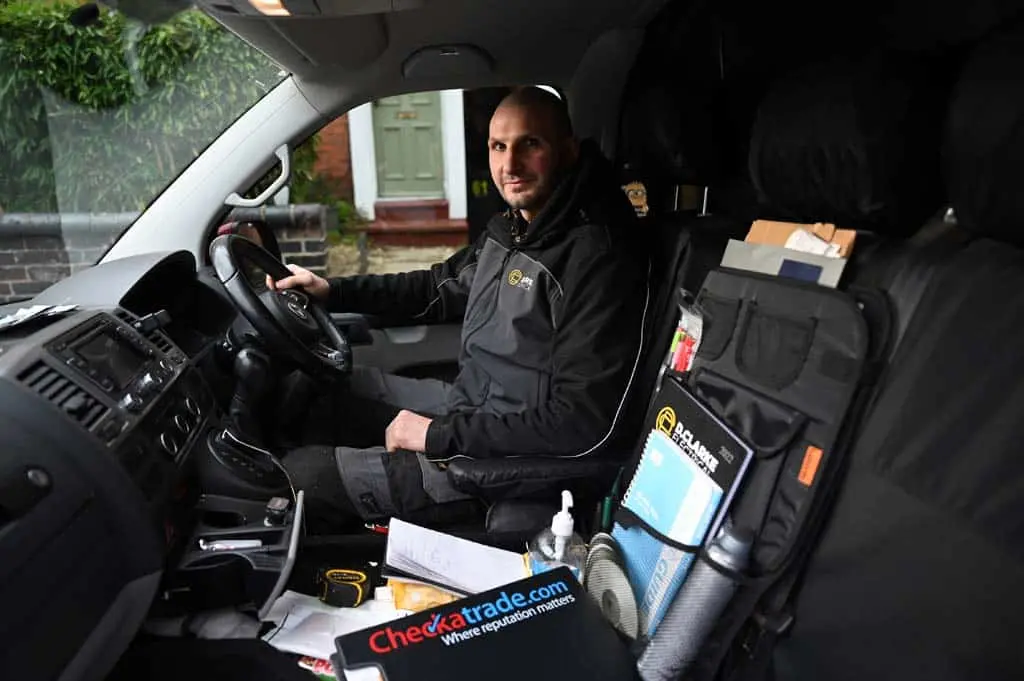
This isn’t an obvious eco-friendly home improvement, but it’s an important one. By hiring tradespeople who cover your local area, you’ll reduce their impact on the environment while supporting a local business. Benefits include:
A reduced carbon footprint
By choosing tradespeople who cover your local area, you'll reduce the distance the materials for your project need to travel and the emissions generated during their transport. This will help minimise the carbon footprint of your renovation project.
Supporting your local economy
At the same time, you're helping to support small businesses and stimulate economic growth in your community. Not only does this create job opportunities, but it also fosters a sense of community pride and solidarity.
Local knowledge
Trades covering your local area are often familiar with regional materials and suppliers, which can lead to more sustainable choices. They may also have insights into eco-friendly alternatives that are specific to your area. This will help you make informed decisions about materials and resources.
Personalised service
Working with trades covering your local area can mean better communication and a more personalised approach to your project. You can collaborate closely with contractors while sharing your vision and values for an eco-friendly renovation tailored to your needs.
Lasting relationships
Establishing good relationships with tradespeople covering your area means you can rely on them for future projects and maintenance, creating a sustainable partnership that benefits you both.
See the tradespeople we've checked and recommend for your job
9. Install a green roof
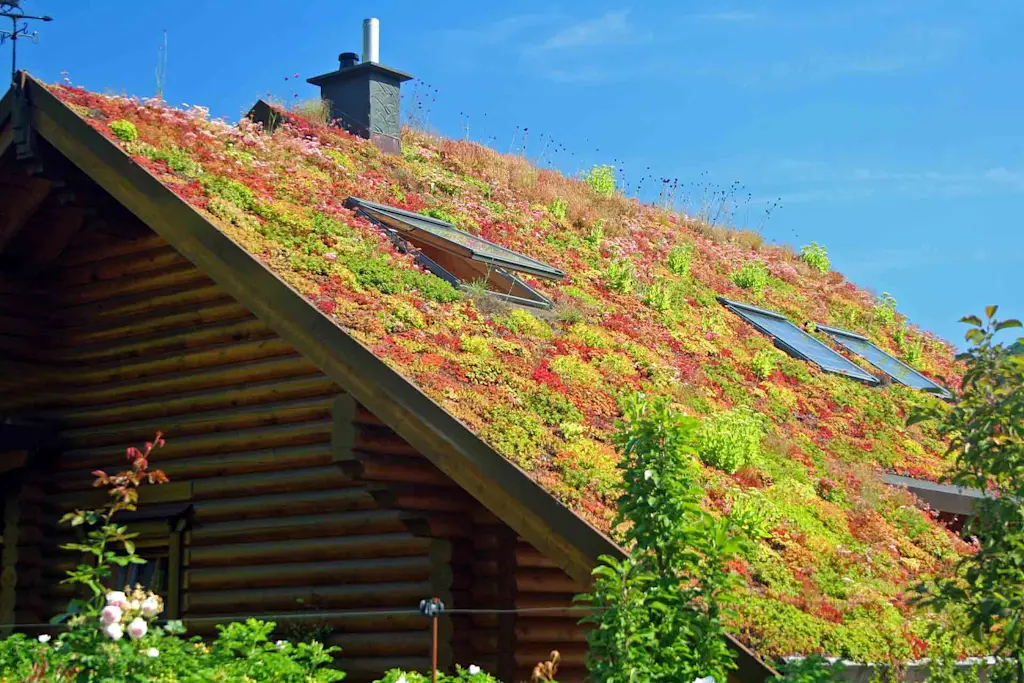
Boost your home's eco-credentials by installing a green roof. The benefits include:
Insulation
Help with rainwater runoff
They can even prolong the life of your roof
There are two types of green roofs with their own pros and cons:
1. Intensive green roofs
Similar to traditional gardens, these roofs have a deeper soil layer that can support a wide range of plants, such as shrubs, trees, and even small vegetable gardens.
They offer greater aesthetic and recreational value
They require more maintenance and structural support to maintain
2. Extensive green roofs
These green roofs tend to have a shallow layer of soil that supports low-growing plants such as sedums, grasses, and mosses.
These are lighter and less complex roofs
Extensive green roofs are easier to install and maintain, making them a popular choice for residential properties
Whatever you choose, make sure you understand the maintenance needs, the structural support required, and whether your local weather patterns support the type of green roof you want to install.
Related content: Read our green roof cost guide for more information.
10. Decorate sustainably
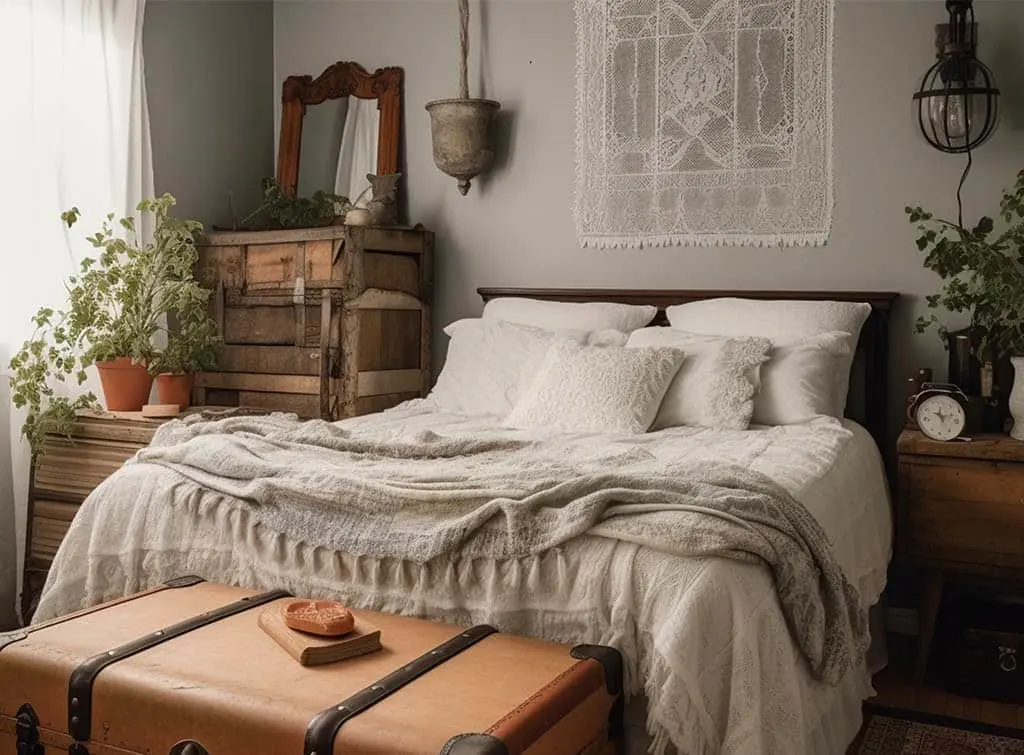
Recycled or upcycled furniture
Instead of buying brand new furniture made from new materials for your home, make the more eco-friendly choice of buying either:
Furniture made with recycled materials
Preloved second-hand furniture
Both options will help reduce the amount of waste that ends up in a landfill.
Eco-friendly paint
It's also worth choosing eco-friendly paint to give your walls a fresh coat of planet-loving colour, free from harmful chemicals.
Look for paints with low or no VOCs for a healthier indoor environment.
Related content: If you're interested in recycling furniture, check out the cost of reupholstering your furniture.
11. Start composting

Turn your food scraps into nutrient-rich compost for your garden:
Start collecting your kitchen food scraps in a composter
Over time, they will become a natural source of compost for your flower beds
Not only is it free, but it also avoids having to use unnecessary chemicals
For tips to get started: Read our guide to learn how to build a compost bin in 4 easy steps. If you want to repurpose the compost, read our guide on how to make compost.
12. Eco-friendly bathroom upgrades
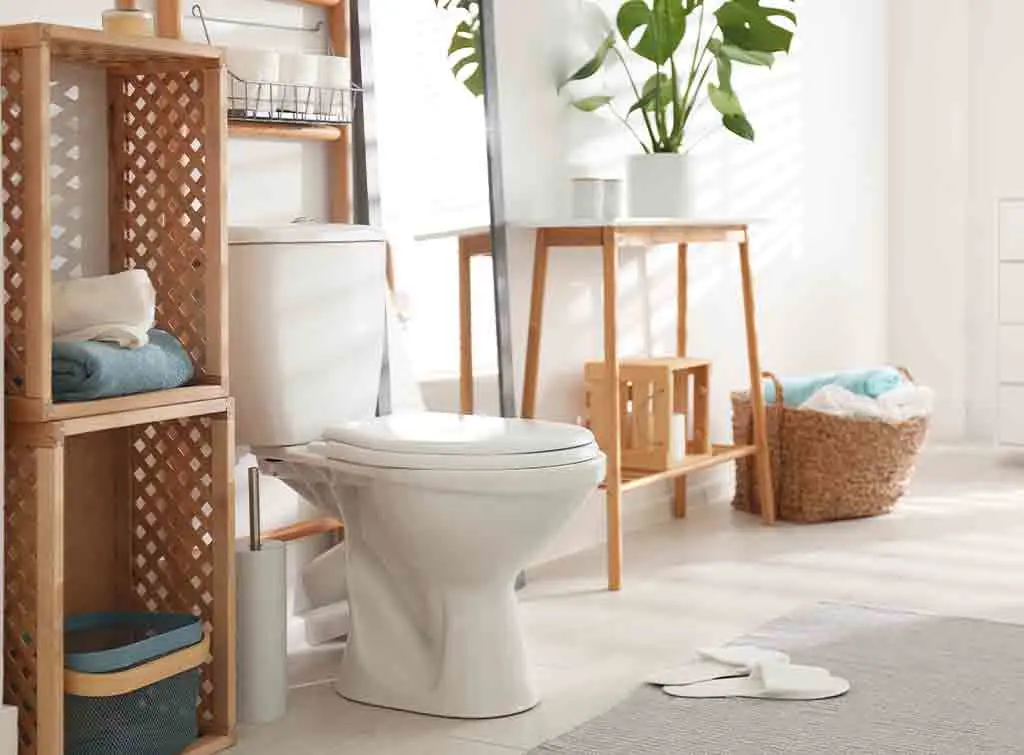
Several green renovation ideas can be incorporated into this area of your home.
Five top eco-friendly upgrades to make in your bathroom:
Changing your toilet and shower head can reduce your water waste by over 60%
Installing a low-flow toilet and a low-flow showerhead will drastically reduce how much water you use daily
Eco-friendly flooring materials such as bamboo, cork, or reclaimed wood are more sustainable and stylish
Opting for a shower curtain made from eco-friendly, natural materials such as organic cotton, hemp, or bamboo
Replacing old, inefficient light fixtures with energy-saving LED bulbs to brighten up your bathroom
13. Buy eco-friendly cleaning products

As more and more brands are embracing eco-friendly alternatives to improve their businesses, make a conscious choice to buy eco-friendly products for your home.
Non-toxic, biodegradable cleaning products, such as eco-friendly soaps and bamboo products, will keep your bathroom sparkling clean without harming the environment
Many conventional cleaning products contain harsh chemicals that can pollute waterways and harm aquatic life
Look for eco-friendly alternatives made from plant-based ingredients and use your power as a consumer to support the brands dedicated to greener living
If you're hiring a cleaner, check what products they use.
14. Consider sustainable eco-housing and renovations
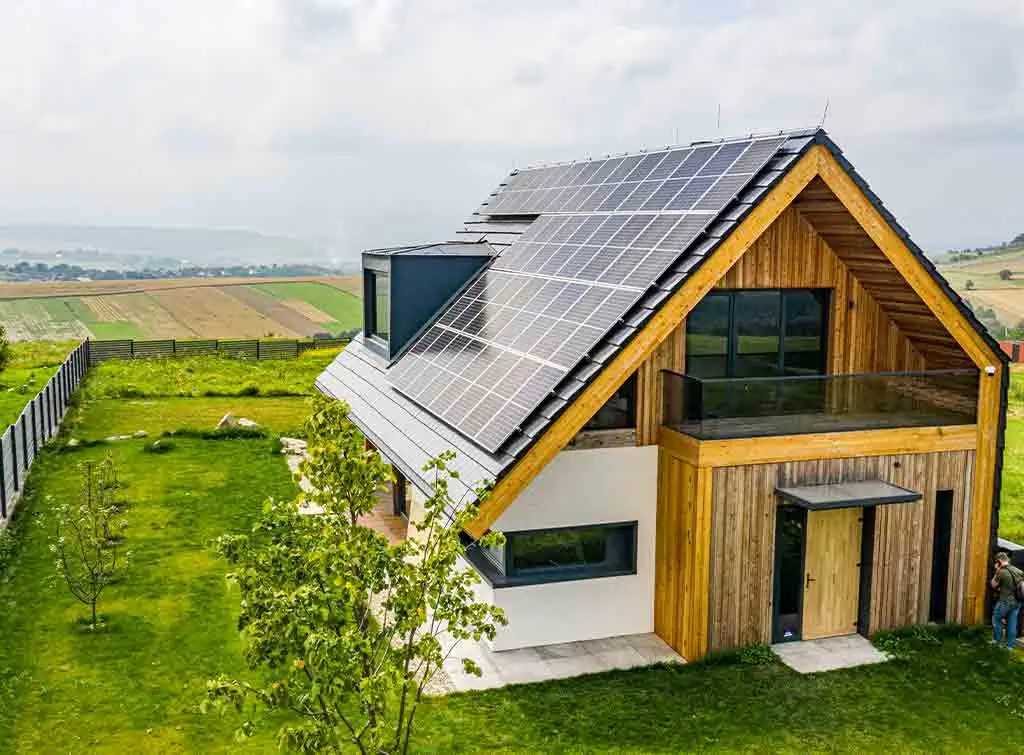
It's up to us to make greener and more sustainable homes a trend that never goes away:
If buying a new property, ask local property developers or estate agents about any sustainable eco-housing or eco-certified properties in your area
If planning a house renovation, speak to local tradespeople experienced in green building techniques about the eco-friendly home improvements available
Find a tradesperson
Ready to make your home more eco-friendly? Whether you need a qualified electrician, an MSC-certified installer, or a smart home contractor, we've got you covered.
At Checkatrade, we check and review all our members, so you can hire the help you need with confidence
And when you find and book a trade through us, we'll guarantee their work for up to £1,000 - 12 months guarantee – Eligibility and T&Cs apply
See the tradespeople we've checked and recommend for your job
FAQs
What are some eco-friendly building techniques?
Sustainable and eco-friendly building techniques are becoming more popular as property developers are encouraged to embrace new materials, technology, and practices to build greener homes. Some of the eco-friendly building techniques include:
Integrated automated building systems
Synthetic roof underlayment
Grid hybrid system
Passive solar energy
Greywater plumbing systems
Electrochromic glass
Solar thermal cladding
Self-healing concrete
How do I make my house greener?
If you’re serious about making your house more eco-friendly and sustainable, the best ways to go about it are to:
Become more conscious of how much energy you use and actively reduce your usage (through smart controls, reduced temperatures, and mindful usage of electrical appliances)
Swap regular bulbs for energy-saving lighting
Improve your home’s insulation
Consider upgrading or introducing a source of sustainable energy, such as solar panels or heat pumps
Buy eco-friendly home products
Switch to an energy supplier that uses 100% renewable sources
See the tradespeople we've checked and recommend for your job
More Expert Advice Articles
See the tradespeople we've checked and recommend for your job



